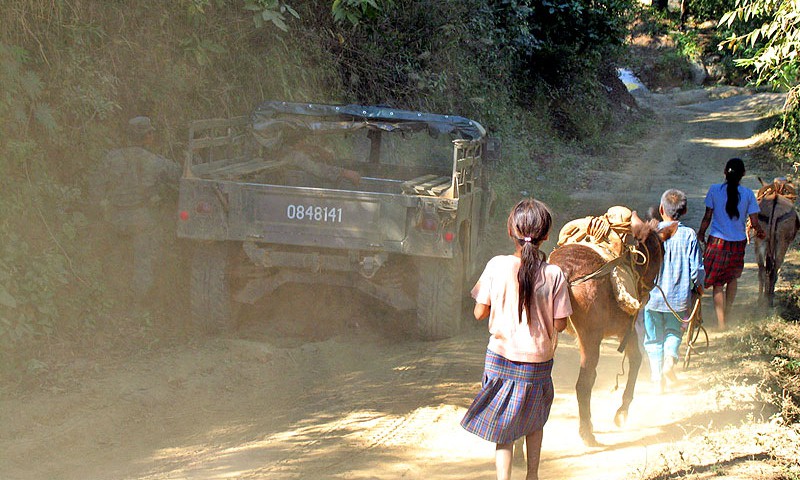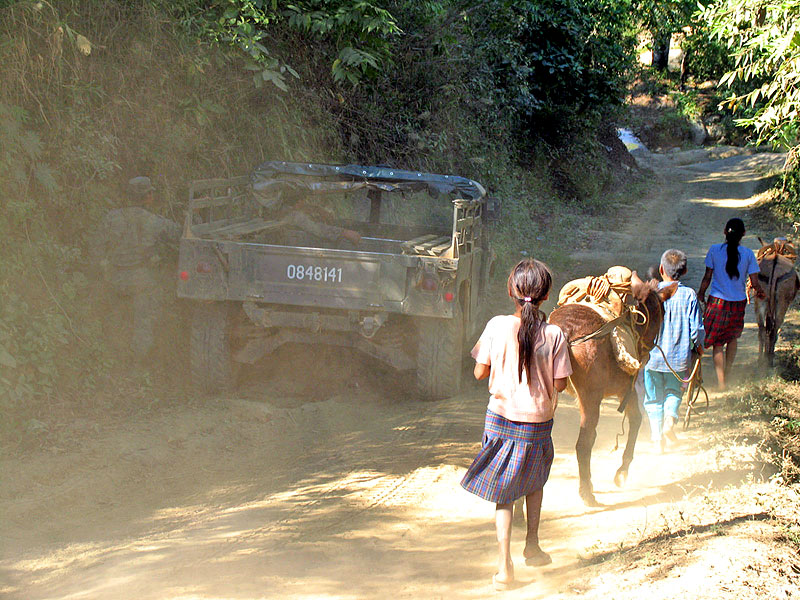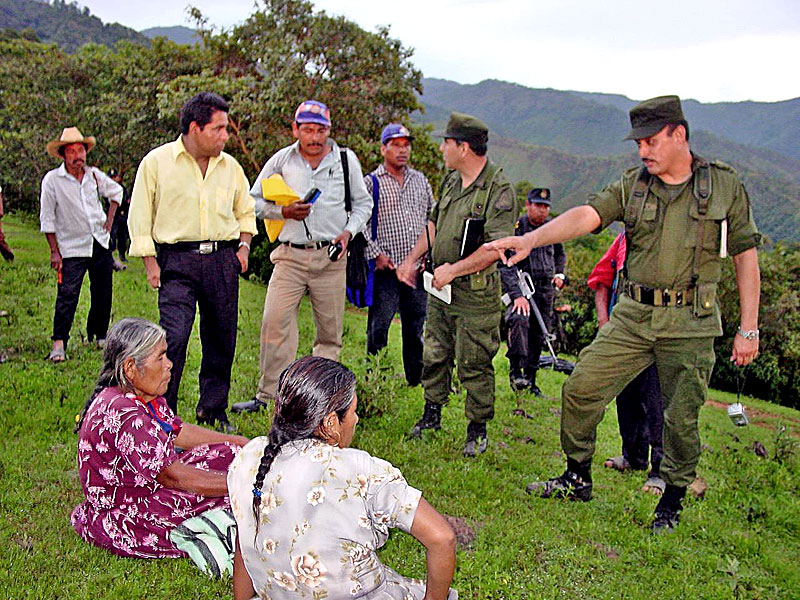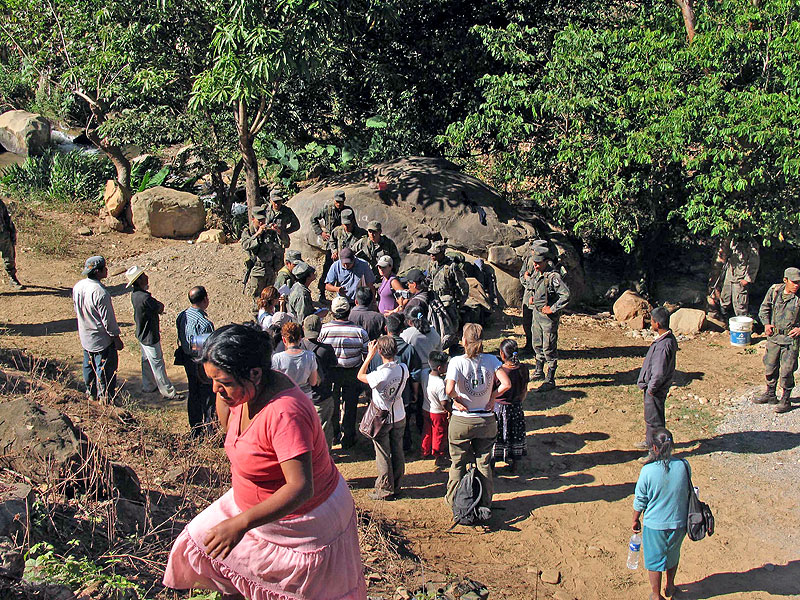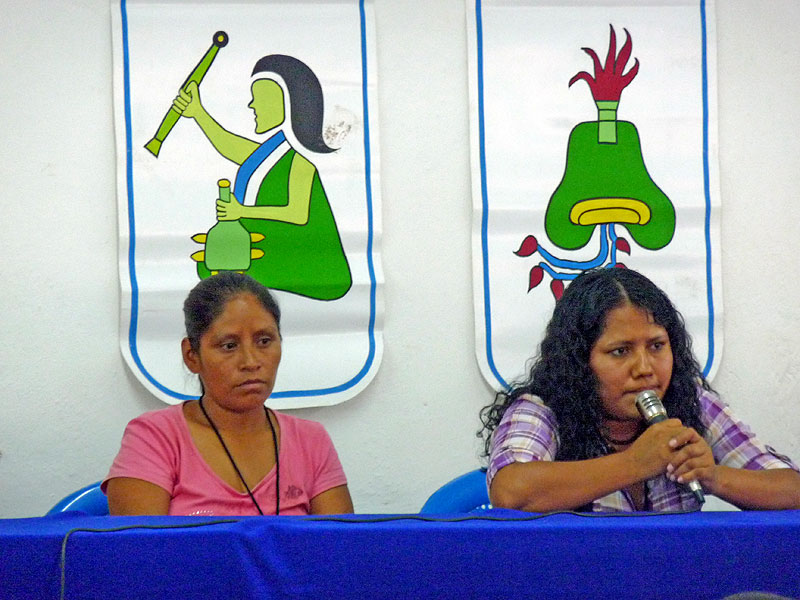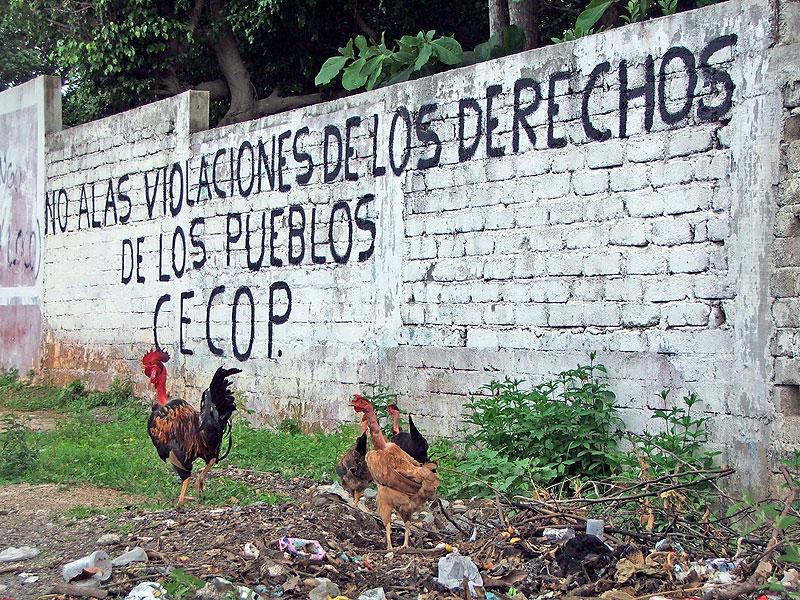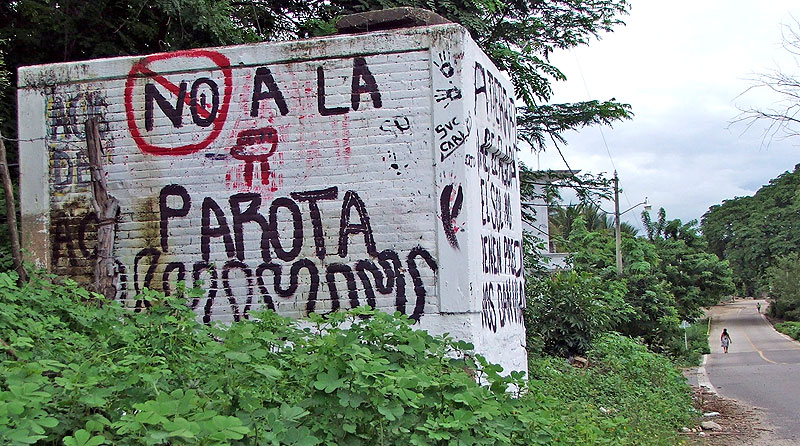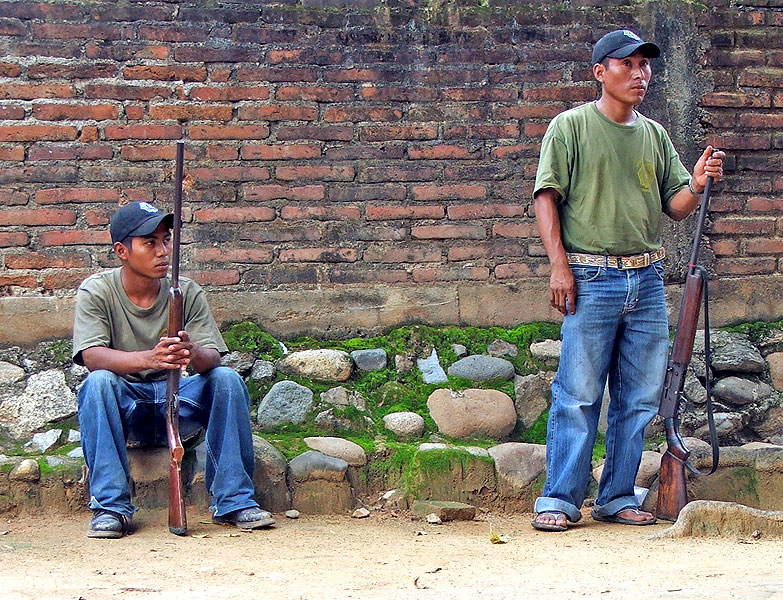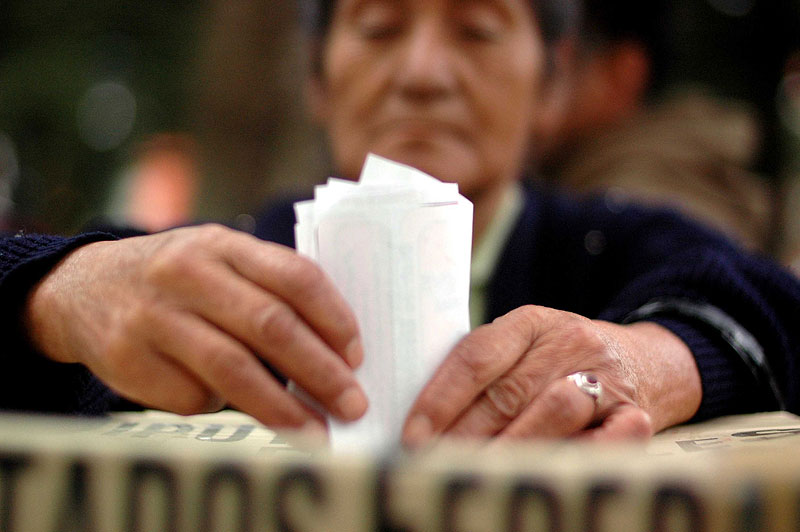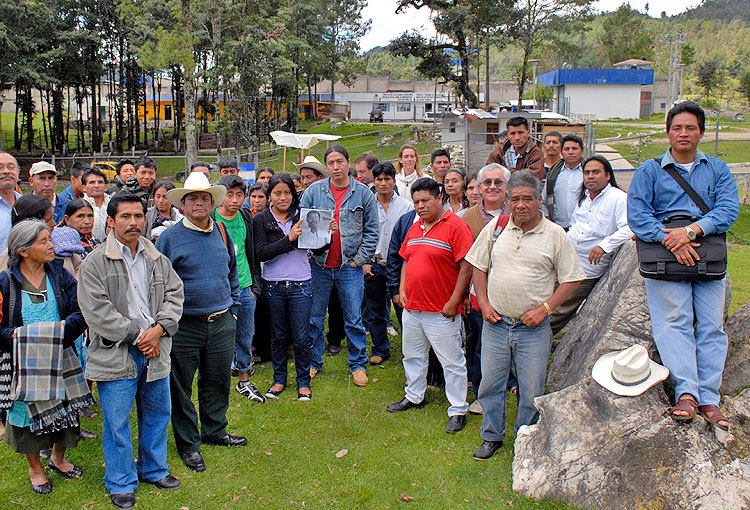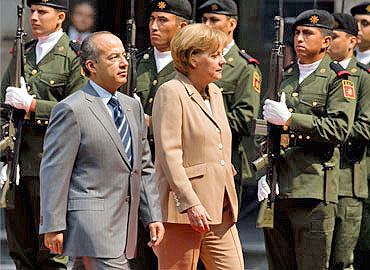
ANALYSIS: Serious challenges to Mexico regarding human rights
31/03/2010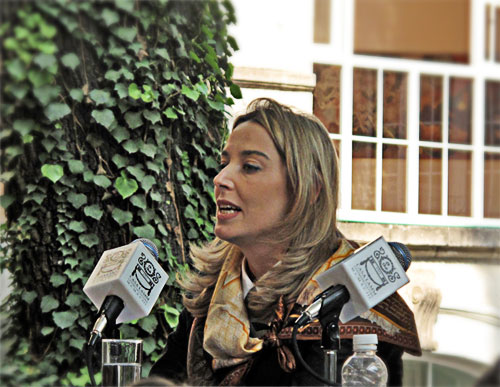
ANALYSIS : Progress, stagnation or deterioration?
30/12/2010Guerrero is one of the states of the Mexican Republic in which levels of violence have exploded since the onset of the “war on drugs” declared by President Felipe Calderón at the beginning of his six-year term in 2006, although such levels are less severe than those suffered in the north of the country. The deployment of military forces has resulted in an increase in the number of denunciations of human-rights violations carried out by the army, with statistics having been particularly high since 2008. The presence of soldiers in Guerrero, together with other factors, has made difficult the work of human-rights defenders in the state, given that they face murder, anonymous death-threats, acts of intimidation, and even the failure of authorities to protect them. Regardless, there exist processes of the construction of alternatives from organized civil society—inter alia, from the indigenous peoples of the region.
Guerrero: History of militarization
During the 1960’s and 1970’s, there developed a military offensive against guerrilla focos in Mexico, in particular in the state of Guerrero and the center of the country. Using the pretext of a “dirty war,”more than 500 residents of Guerrero were arrested, “disappeared,” and—it is supposed—extrajudicially executed for their supposed associations with armed groups. Following the Zapatista uprising in Chiapas, and given the organizational precedents established in Guerrero, the army returned to the state, giving rise to a new wave of violence that culminated with the massacres of Aguas Blancas in 1995 and that of El Charco in 1998. In both massacres citizens were tortured, injured, and murdered for their reported links with armed groups. In light of the Aguas Blancas massacre the Army of the Revolutionary People (EPR) was founded. Three years later, in 1998, the Revolutionary Army of Insurgent Peoples (EPRI) appeared. These historic acts are precedents that continue to place social and base organizations in Guerrero in the view of the state and federal governments.
Drug-trafficking: cause and pretext for increased militarization
In its State Plan for Development 2005-2011, the government of Guerrero details an alarming situation of poverty and marginalization: “Guerrero presents data that is among the lowest indicators regarding human development, social and economic welfare, as well as in health indicators and health-care access, while its data regarding marginalization, poverty, and illiteracy are among the highest [in the country].” Poverty is one of the roots linked to participation in drug-trafficking: for lack of other means to make a living, a part of the population involves itself in activities related to organized crime associated with the cultivation and distribution of illegal drugs.
According to the army (35° Military Zone), Guerrero continues to be the primary producer of illegal drugs in the country—primarily amapola. Drug-traffickers are responsible for a high level of violence, above all in the zones of Tierra Caliente and Costa Grande. Power-struggles among the different drug-cartels has resulted in executions, assaults, and gun-battles. Guerrero finds itself in second place in terms of the number of narco-executions per day, after only Chihuahua: In 2009 Guerrero reported 881 murders related to drug-trafficking, amounting to 2.4 murders each day.
Without wanting to minimize the gravity of narco-violence in this and other states, it must be said that the putative “war on drugs” also seems to be directed at the control of zones where guerrilla presence is assumed and/or where processes of social organization in defense of human rights also take place. A number of indigenous and campesino communities see themselves as affected by military incursions and in-home harassment. For example, in June 2009, in Puerto de las Ollas, in the Sierra de Coyuca de Catalán, some 500 soldiers entered the community searching for members of the ERPI. The soldiers destroyed houses and beat people, leading many to flee.
Increase of denunciations against the army
According to the Commission for the Defense of Human Rights of the state of Guerrero (CODDEHUM), the presence of thousands of soldiers in the state has resulted in a 300% increase in the number of complaints directed at soldiers—this between December 2008 and the first trimester of 2010. In Guerrero, between 2005 and 2010, CODDEHUM received 243 complaints against the army, of which 155 were received during 2009 and 38 during the first trimester of 2010. The majority of the complaints have to do with the harassment of homes (144), improper exercise of public functions (98), arbitrary arrest (97), and murder (2). Regardless, Juan Alarcón, president of CODDEHUM, emphasizes that many no longer present complaints for fear of possible reprisals; in this sense, the number of complaints does not reflect the true number of violations committed by the army. The statistics reflect an increase in the number of violations starting with the intensification of the “war on drugs,” given that, in 2008, the number of complaints (35) increased significantly with regard to the previous year (3).
Rape committed by the army: Cases of sexual violence before the IACHR
In February and March 2002, Valentina Rosendo Cantú and Inés Fernández Ortega, indigenous me’phaa women, were raped by members of the 41st Infantry Batallion, in the municipalities of Acatepec and Ayutla de los Libres, respectively. In light of such mistreatment and the unsatisfactory responses made by the Mexican authorities, the women appealed to the Inter-American Commission on Human Rights (IACHR), and their cases were accepted by the Inter-American Court on Human Rights (IACHR) in 2009.
During the audiences held to hear the cases of Inés and Valentina before the IACHR (April and May 2010, respectively), the Mexican State asserted that there was a lack of evidence to prove rape. The defense strategy of the lawyers of Inés and Valentina focused on the collective damage that the soldiers’ sexual violence caused in communities, given that violence directed against women is taken as an attack on the collectivity. It is to be hoped that the IACHR’s sentencing on the two cases take place before year’s end.
Risks for and harassment of human-rights defenders
Several factors contribute to the fact of ongoing impunity in many cases of human-rights violations. The Guerrero Network, for example, mentions that judicial authorities either take too long to investigate cases (when ‘they do’) or to grant security-measures. It has also been pointed out that authorities deliberately “lose” evidence or fail to incorporate them into investigations. In the case of Raúl Hernández Abundio, prisoner of conscience recognized by Amnesty International for his supposed guilt in a murder charge, the State Attorney General’s Office (PGJE) requested a 50-year sentence for him, while the defense rejected that there existed any evidence at all to convict him. The case of the murder of two OFPM members in February 2009 remains unresolved. The lack of will on the part of authorities to link given cases with the repression experienced by different organizations has also been emphasized.
Another situation that continues strongly to contribute to impunity in cases of human-rights violations is the existence of the military tribunal in Mexico, which implies that human-rights violations committed by soldiers be tried under military jurisdiction. In 2009, the Universal Periodic Review (UPR) promoted by the U.N. challenged the existence of this tribunal.
Caciquismo – repression against social processes
Beyond the historical repression engaged in by the Mexican military, in Guerrero persists the power of “caciques” who attempt to repress social processes that oppose their interests. Rogaciano Alba Álvarez in the Sierra de Petatlán, for example, was claimed to be the intellectual author in the case of the murder of human-rights defender Digna Ochoa y Plácido in 2001. In February 2010, Alba Álvarez was arrested for reported links with drug-trafficking. Several sources continue to mention that the ex-governor of the state, Ruben Figueroa Alcocer (1993-1996), continues to assert influence in state politics: during his term, there was a high number of murders of campesinos and strong militarization in the state. On the other hand, in the municipality of Xochistlahuaca, there have been held several protests and denunciations in recent years against the ex-mayor and current PRI deputy Aceadeth Rocha Ramírez. Members of social organizations of the region have been assaulted, threatened with death, and arrested for having carried out public actions against her office.
Even with the change of the political party governing Guerrero, there has still not been progress in terms of human rights Members of human-rights organizations assert that the policies of the government of Zeferino Torreblanca (PRD) are as repressive as those of previous PRI governments, or even worse. As the statistics previously mentioned demonstrate, Guerrero continues to experience serious daily violence, given murders, harassment, and military incursions. Both military invasions of communities together with murders of members of social organizations show that repression against the people of Guerrero goes on unabated. With the Torreblanca government, human-rights defenders continue to work under high-risk conditions, with the government failing to provide them or their families with security. Regardless, social organizations continue to work in promotion of the ends they seek: to develop local processes of autonomy, to request justice in cases of human-rights violations, and to demand land-rights, the right to be consulted as peoples, and to maintain existing cultural traditions.
… … … … … …
People’s resistance to injustice—actual cases in Guerrero
La Parota – “The land is not to be sold”
Near the end of 2009 and in the beginning of 2010, several sources asserted that the project to construct the hydroelectric dam La Parota near Acapulco would be postponed until 2018, or even cancelled altogether. The construction of La Parota would imply the eviction of some 25,000 campesinos and would affect at least 75,000 others indirectly. The Council of Ejidos and Communities Opposed to La Parota Dam (CECOP) is the organization of the 4 agrarian nuclei that oppose this initiative. It represents 63% of the land that would be affected by the project. The organization demands the right to be consulted as a people and reiterates that “the land is not to be sold.”
On 28 April, during an assembly organized by communal authorities close to the government held in La Concepción, residents of the Communal Lands of Cacahuatepec approved the expropriation of more than 1,300 hectares for the construction of La Parota. The assembly was protected by 600 police officers who denied CECOP members entry to the meeting. CECOP announced that it rejected the result of the assembly and has demanded that it be nullified before the Unity Agrarian Tribunal (TUA). On 1 July, the TUA granted precautionary protective measures that impedes initiating work related to said hydroelectric project until a definitive decision is made.
The Communal Police and the Regional Coordination of Communal Authorities
The Communal Police (PC) and the Regional Coordination of Communal Authorities (CRAC) are examples of communal-justice institutions created by indigenous peoples in the regions of la Montaña and la Costa Chica. The PC arose in light of the high level of crime in the zone, and later it developed the communal justice-system via the CRAC. Their operations are based on reconciliation among parties in conflict and on re-education, both of which are aimed at the re-insertion of a given criminal into society. Representatives of the CRAC emphasize that in 15 years of operation, the PC has not killed anyone, in stark contrast to the case with state police-offices. According to coordinators, the success of the CRAC finds its basis in the absence of corruption within the system: criminals are required to observe their punishment and cannot pay to avoid it.
CRAC authorities have had to confront legal persecution, given that 40 arrest-orders exist against individuals who have in the last 15 years held positions in the organization, despite the fact that Convention 169 of the International Labor Organization (ILO), signed and ratified by the Mexican State, permits indigenous peoples to organize themselves in accordance with their traditions and customs.
The vision of the indigenous peoples organized in the CRAC has been to integrate their rights and cultures as indigenous into its policies.. Lately, governmental institutions have organized several consultative forums regarding indigenous rights and culture with the objective of promoting legal initiatives on such questions. The CRAC, in any case, affirmed in a 12 July communiqué that it never was consulted on such forums, and so it considers them to be informative rather than consultative. The CRAC has been promoting a series of regional meetings on indigenous culture and rights with the goal of proposing a real consultation that would result in legal initiatives made by the people.
Radio Ñomndaa
The communal radio “Radio Ñomndaa” represents another effort made by indigenous peoples from the state of Guerrero. Representatives of the General Coordination of Radio Ñomndaa claim the radio to be a tool to communicate in their language, and they see this as their right. The project was born in December 2004, and since then has had to confront acts of harassment and criminalization of its work, principally by the local cacique Aceadeth Rocha. Radio Ñomndaa has faced several attempts at suspension. Furthermore, the radio of the region’s caciques limits their radio-bandwith. One of the radio’s founders, David Valtierra, was imprisoned from November 2009 to March 2010. The most recent case of harassment was the arrest of member Rodrigo Morales Valtierra on 5 January. Morales was released on 8 January with a fine of 6,000 pesos following a mobilization of 250 people in Ometepec. Despite the obstacles the radio faces, it continues to transmit, being organized in distinct base committees of regional communities that have technical commissions.

